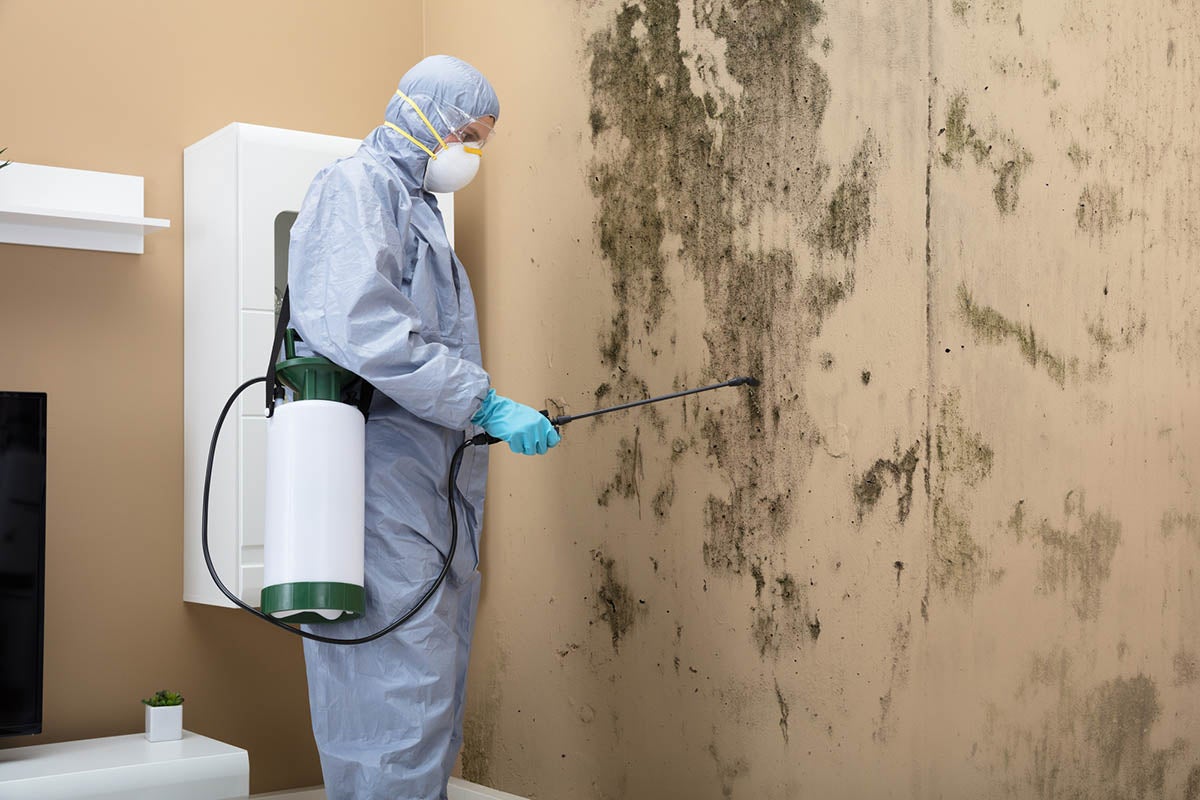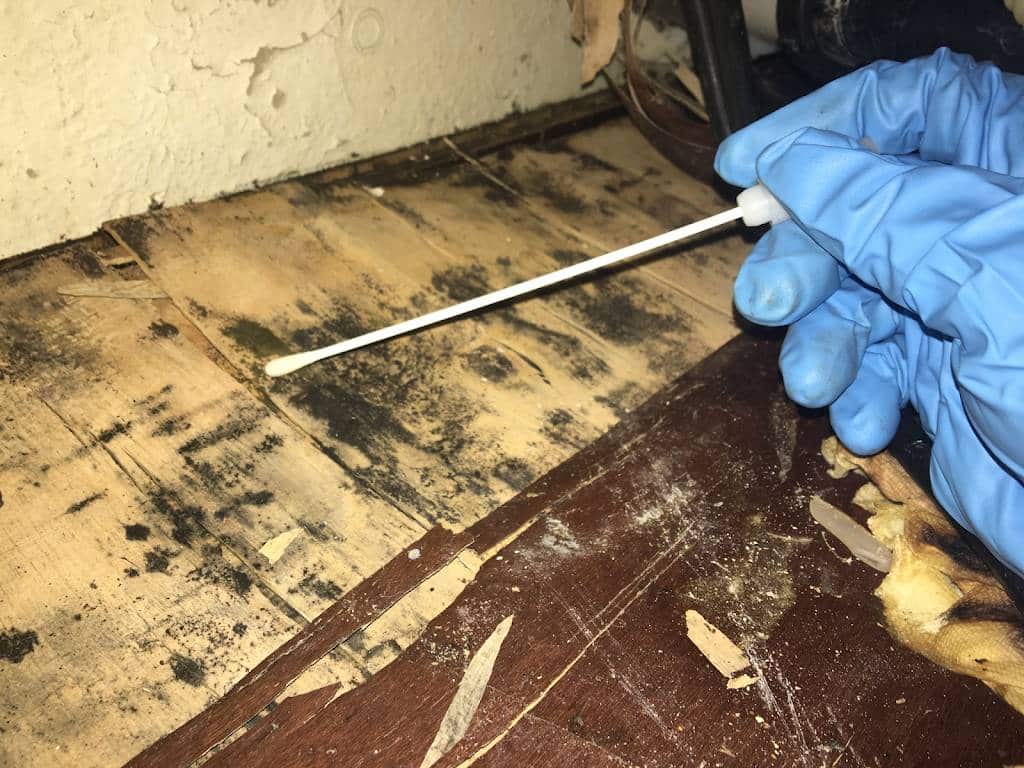Making Certain Post Remediation Verification Precision
Making Certain Post Remediation Verification Precision
Blog Article
Expert Tips for Blog Post Mold Removal Success
In the realm of mold and mildew removal, efficiently eliminating mold is only half the fight; the real challenge lies in stopping its reappearance. By sticking to professional suggestions and best methods, individuals can safeguard their rooms versus mold and mildew rebirth and keep a healthy indoor setting.
Display Humidity Levels Consistently
After finishing mold and mildew remediation treatments, maintaining optimal humidity degrees is critical to protect against mold re-growth and ensure a healthy and balanced indoor environment. High humidity degrees over 60% create a favorable setting for mold and mildew to flourish, making normal keeping track of a positive procedure to protect against any type of future mold and mildew concerns.
Making use of hygrometers or wetness meters can help in properly gauging moisture degrees in different locations of the residential property. These tools offer real-time data that allows removal professionals to make informed decisions concerning air flow, dehumidification, and other necessary actions to maintain suitable humidity levels post-remediation. Additionally, developing a routine schedule for moisture checks, specifically in high-risk areas such as cooking areas, washrooms, and basements, is a positive method to mold avoidance. By constantly keeping an eye on moisture levels, homeowner can effectively alleviate the risk of mold and mildew reoccurrence and maintain a healthy interior setting post-remediation.
Conduct Thorough Inspections Post-Remediation
Adhering to the conclusion of mold removal treatments, it is necessary to conduct detailed examinations to verify the efficiency of the removal procedure. These post-remediation evaluations are critical in guaranteeing that the mold issue has actually been efficiently addressed and that there is no reappearance or remaining mold growth. Evaluations need to be accomplished by qualified experts that have knowledge in recognizing mold and mildew and analyzing interior air quality.
During these evaluations, different techniques such as aesthetic analyses, air tasting, and surface area tasting might be employed to completely assess the remediated locations. Aesthetic analyses entail an in-depth examination of the facilities to look for any kind of noticeable indicators of mold and mildew development or water damages. Air tasting assists in figuring out the air-borne mold spore levels, while surface area tasting can find mold and mildew bits on surfaces.
Implement Proper Ventilation Techniques
After making sure the efficiency of the mold remediation process via detailed examinations, the following important step is to focus on implementing correct air flow methods. Sufficient air flow is crucial in protecting against mold and mildew reoccurrence by controlling dampness degrees and promoting air circulation. To attain this, it is suggested to use exhaust fans in locations prone to high moisture, such as cooking areas and washrooms. Additionally, opening doors and windows when weather condition permits can aid improve air movement and reduce dampness accumulation. Air dehumidifiers and purifiers are also useful tools in keeping optimal interior air quality.
Proper ventilation not just help in preventing mold development yet also adds to the general wellness and convenience of occupants. By making certain sufficient ventilation throughout the residential or commercial property, you can minimize the risk of mold and mildew regrowth and develop a much healthier living setting. Regular upkeep of ventilation systems, including cleansing and filter replacements, is vital to maintaining reliable ventilation. Consulting with cooling and heating experts can offer more understandings right into enhancing ventilation approaches for your details home needs.

Use Mold-Resistant Materials for Services
To enhance the lasting performance of mold and mildew remediation efforts, including mold-resistant products for repair services is vital in mitigating the risk of future Post Mold Remediation Report mold growth. Mold-resistant materials are developed to hold up against moisture and prevent mold growth, making them a crucial selection for locations susceptible to dampness and moisture. When fixing locations impacted by mold, making use of products such as mold-resistant drywall, mold-resistant paints, and mold-resistant caulking can assist stop mold recurrence.
Mold-resistant drywall is an excellent option to typical drywall in areas like bathrooms and cellars where dampness degrees are greater. This sort of drywall has a special layer that withstands mold growth even when revealed to damp conditions. In addition, making use of mold-resistant paints having antimicrobial representatives can further inhibit mold and mildew growth on ceilings and wall surfaces.
In locations where wetness is common, such as bathroom and kitchens, using mold-resistant caulking around sinks, windows, and tubs can assist seal out water and stop mold from taking hold in splits and gaps. By purchasing these mold-resistant products during repair services post-remediation, you can substantially decrease the probability of future mold issues and keep a much healthier indoor environment.
Maintain Sanitation and Address Water Issues
Ensuring sanitation and immediately resolving water issues are basic techniques to support in guarding indoor rooms from mold reinfestation. After mold removal, it is critical to maintain a tidy environment to protect against the regrowth of mold (Post Mold Remediation Report). Regular cleansing, cleaning, and vacuuming can aid get rid of any lingering mold spores and prevent them from proliferating and settling. Furthermore, maintaining interior areas completely dry and resolving any type of water concerns quickly is vital in mold and mildew avoidance. Leakages, water intrusion, or high moisture degrees can create the ideal breeding place for mold, so it is critical to deal with any water-related problems instantly.
To keep cleanliness, think about making use of HEPA filters in vacuum cleaners and air cleansers to catch mold spores and prevent their blood circulation in the air. Making sure correct ventilation in areas susceptible to moisture buildup, such as kitchens and washrooms, can aid keep moisture degrees in check. By remaining vigilant concerning cleanliness and attending to water issues without delay, you can properly avoid mold and mildew reinfestation and keep a healthy and balanced indoor atmosphere.
Verdict

In the world of mold remediation, effectively eradicating mold and mildew is only half the battle; the true difficulty exists in avoiding its reappearance. After finishing mold and mildew removal procedures, maintaining optimum humidity levels is vital to protect against mold re-growth and ensure a healthy indoor environment. High humidity degrees over 60% develop a conducive environment for mold to prosper, making normal keeping track of a positive step to avoid any future mold and mildew issues.
To enhance the long-term performance of mold and mildew removal initiatives, integrating mold-resistant materials for fixings is critical in alleviating the threat of future mold and mildew development. After mold remediation, it is vital to keep a tidy setting to stop the regrowth of mold and mildew.
Report this page